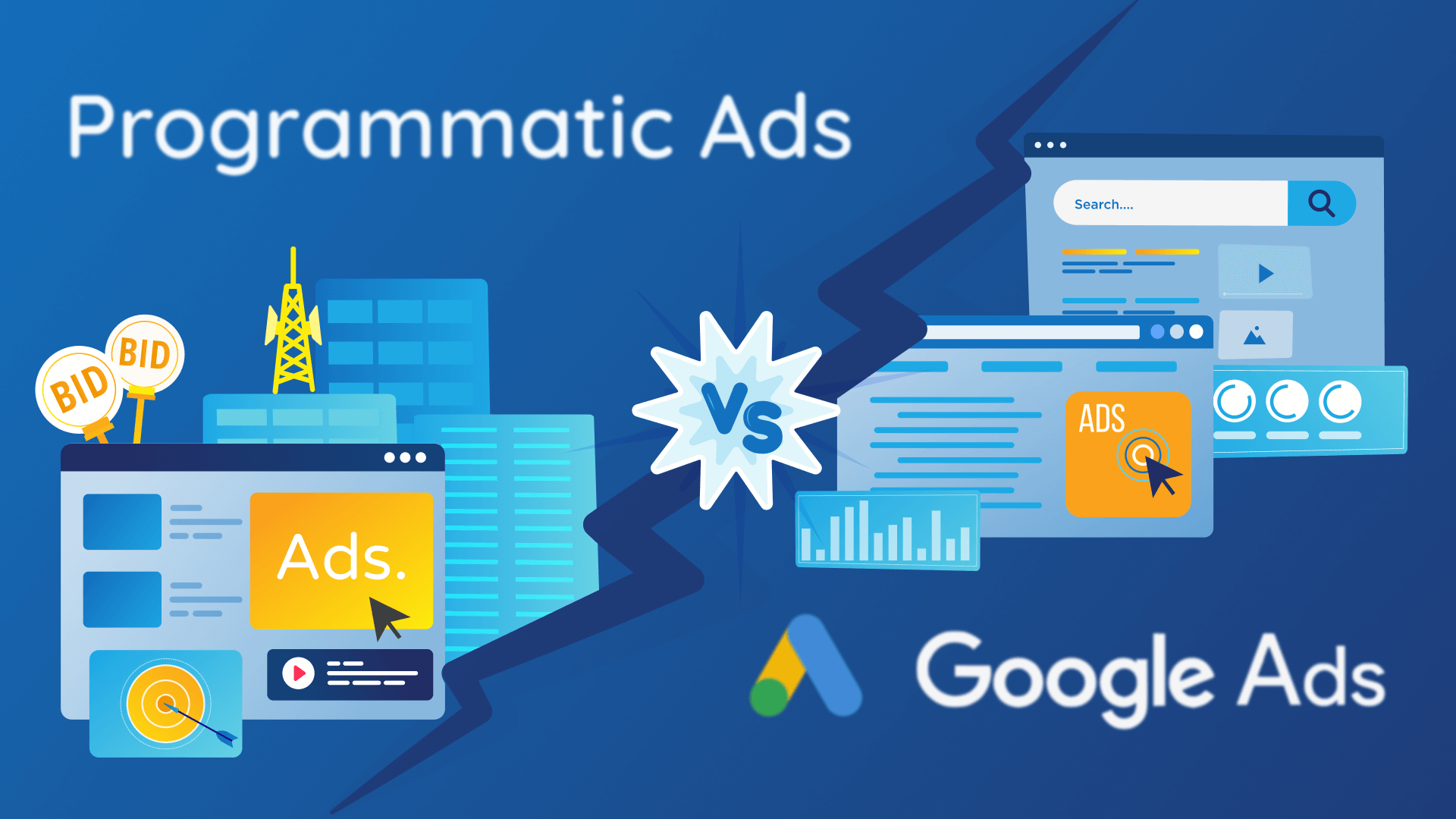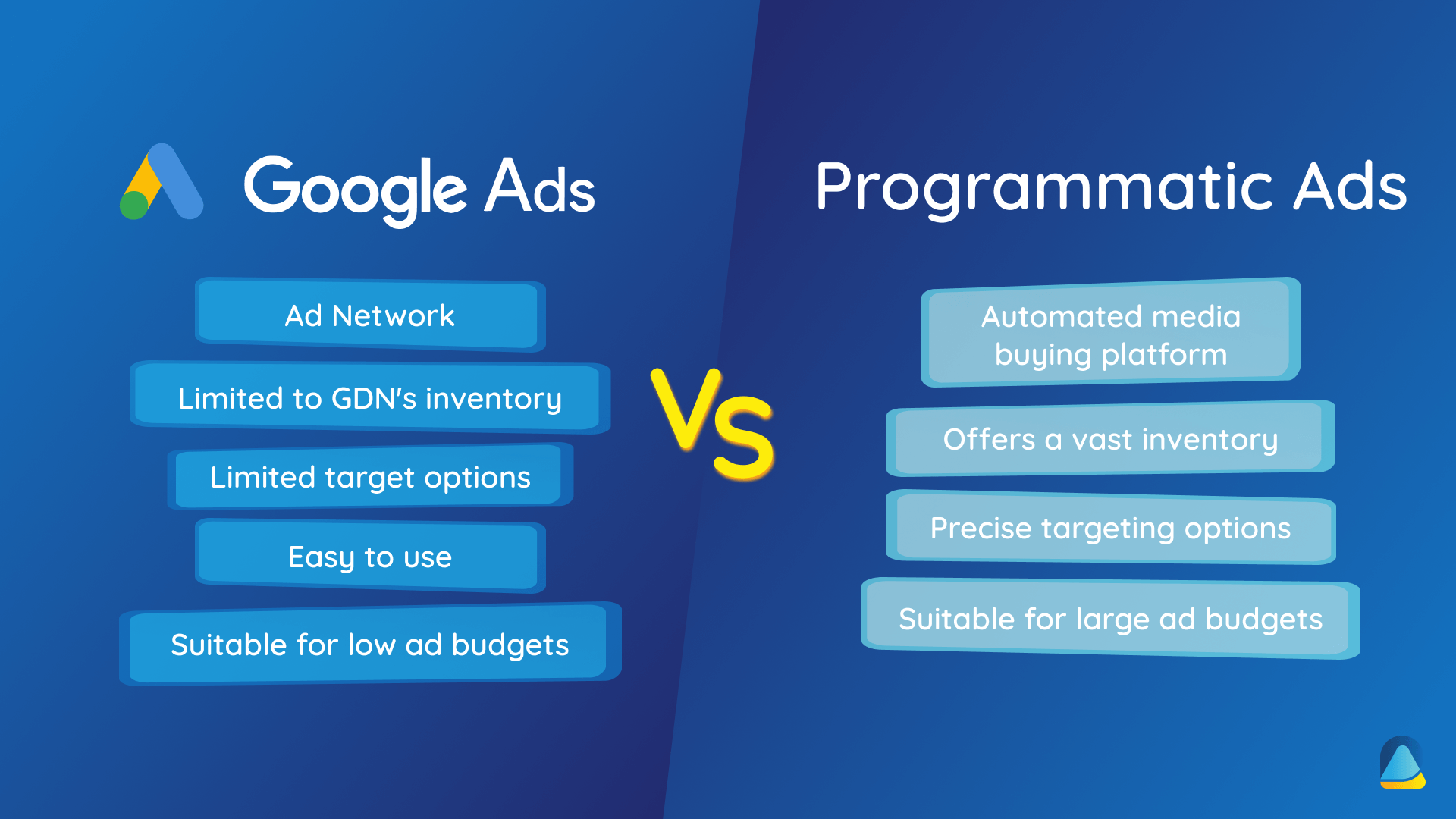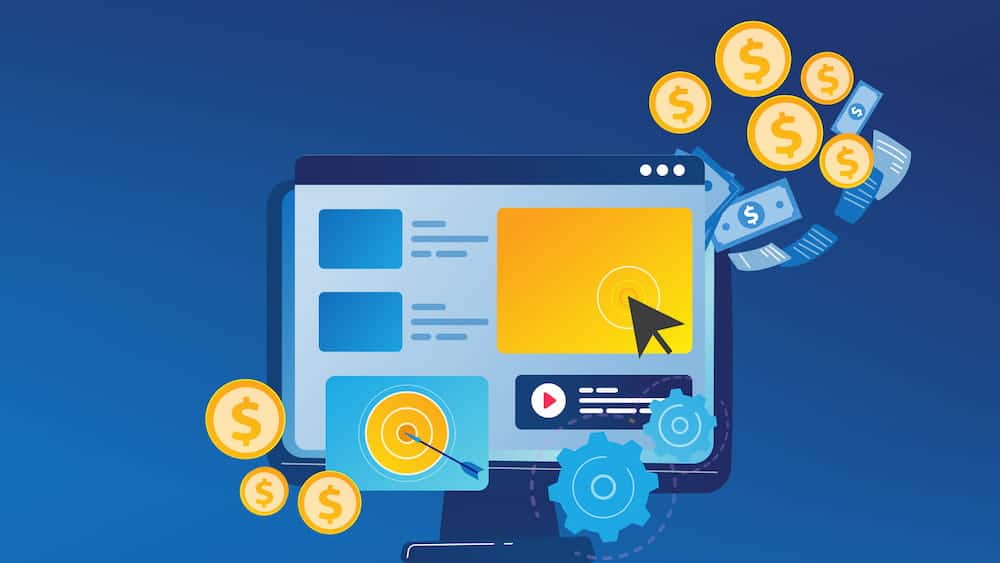Are programmatic advertising and Google display ads the same?
Programmatic advertising is an automated ad-buying model powered by artificial intelligence and machine learning. And GDN (Google Display Network) allows advertisers to reach target audiences who use Google’s products and features.
First thing first, you should understand how programmatic advertising works. It may seem complicated because it has various components. If you’re okay with the terms, keep reading.

Similarities of programmatic buying and GDN
Both types of ads deliver visual advertisements to their audience and offer auction-based bidding.
Google Ads announced they’re moving RTB (Real-time bidding) for app inventory on 31 October 2023.
What is the difference between Google Ads and programmatic ads?
While GDN is an ad network, programmatic is an automated media buying platform. Besides, registered GDN inventories only come from registered Google AdSense publishers. On the other hand, programmatic purchasing has a huge inventory compared to GDN.
Advantages of Demand Side Platforms (DSP):
- DSP allows digital ad inventory buyers to manage their accounts across multiple ad exchanges. Thus, this system combines various traffic sources, buyers, and sellers in a single interface.
- DSP provides ad traffic from integrated sources. You can even buy Google’s inventory if it’s DSP’s integrated traffic source. Google Ads, on the other hand, only allows Google inventories.
- With DSP’s more effective options, advertisers can target audiences based on location, search intent, company name, job title, and more.
- DSPs are compatible with ABM (Account Based Marketing) strategies.
Advantages of GDN:
- The GDN interface is easy to use.
- You don’t need to have large ad budgets for Google Ads. It makes GDN a great choice, especially for new marketeers.
- GDN integrates directly with Google Product Suite.
- With GDN, you can only target users based on their Google search history and interests. However, you can’t access this data directly from any programmatic ad-buying software.
Disadvantages of Google Ads:
- Targeting an exact audience with Google Ads is problematic because it lacks target options. Even with “interest” and “topic” targeting, ads often don’t reach the intended audience. And, it only serves ads through its network, partners, and affiliates.
- Advertisers must bid more than their competitors to rank high search positions. If they don’t, they may get lower traffic from lower-quality websites. That is, you’ll get more fake clicks.
- “Click fraud” is another big problem. Google AdSense is easy to click fraud because it isn’t very selective.
- Google Ads requires a long time for data reports. However, DSP advertisers can access campaign data immediately, thanks to its real-time reporting features.
Are DSPs perfect and hassle-free? Not, of course. For example, some publishers may use “click fraud” to increase their earnings. However, top-notch DSPs take protection with anti-fraud services. Besides, controlling ad placement is challenging unless you whitelist the web pages on which you want to run your campaigns.

How can Google Ads and DSPs benefit from each other?
Nobody says that you can’t use both of them at the same time. On the contrary, you can double the efficiency. For example, reverse IP tracking lets you see who clicked on Google Ads. Then, you can target these audiences through DSP platforms. Else? Running a remarketing campaign on both networks simultaneously is also possible.
Is GDN the wrong choice for ad placements?
The question is, which one is suitable for your business? GDN may do an excellent job for companies which has low budgets. What about programmatic ads?
If you:
- have a huge budget for digital advertising,
- want to synchronize the campaigns in different channels,
- want to include targeting data to increase conversions, so programmatic ads may suit your business.
How to eliminate bad placements on GDN
We’ve already mentioned that exact targeting on Google is difficult. However, how can you eliminate bad placements? Is it impossible? No. You should regularly update your low-value placement list and exclude them.
However, we have a better solution.
With PEMAVOR’s GDN Placement Optimization solutions, you can separate placements into good and bad ones. Manually doing it takes too much work, but we can help you automatically avoid bad ones effortlessly.
Contact us now if you need a custom solution for your business.
